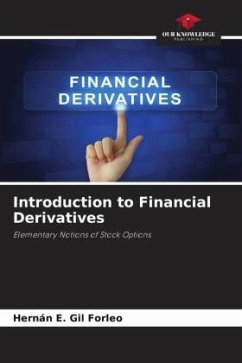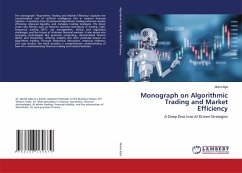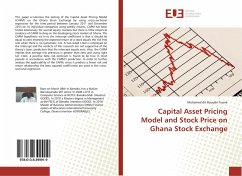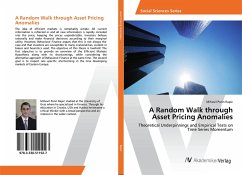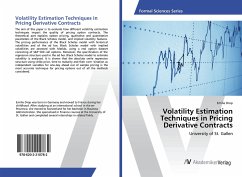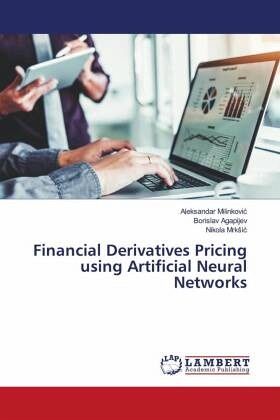
Financial Derivatives Pricing using Artificial Neural Networks
Versandkostenfrei!
Versandfertig in 6-10 Tagen
45,99 €
inkl. MwSt.

PAYBACK Punkte
23 °P sammeln!
Pricing has always been a point of discussion in the world of financial derivatives. Since the ground-breaking paper from Black and Scholes, derivatives have been priced using their and other parametric models. However, even controlled for assumptions, Black-Scholes mismatches empirical findings and fails to explain the volatility surface. This precipitated more mathematically complex approaches such as the Heston model or jump-diffusion processes, as well as Monte Carlo methods to leverage advances in computing. The increasing access to this computing power and the growing abilities of artifi...
Pricing has always been a point of discussion in the world of financial derivatives. Since the ground-breaking paper from Black and Scholes, derivatives have been priced using their and other parametric models. However, even controlled for assumptions, Black-Scholes mismatches empirical findings and fails to explain the volatility surface. This precipitated more mathematically complex approaches such as the Heston model or jump-diffusion processes, as well as Monte Carlo methods to leverage advances in computing. The increasing access to this computing power and the growing abilities of artificial intelligence have enabled machine learning methods to become more accurate and robust, significantly outperforming traditional methods. One of these machine learning tools is a neural network, which is capable to extract relevant information from the large data sets. The objective of this monograph is to give an overview of the state-of-the-art research conducted regarding pricing of financial derivatives using artificial neural networks. It is based on a critical review of available sources from the literature, as well as on suggestions for further research.





